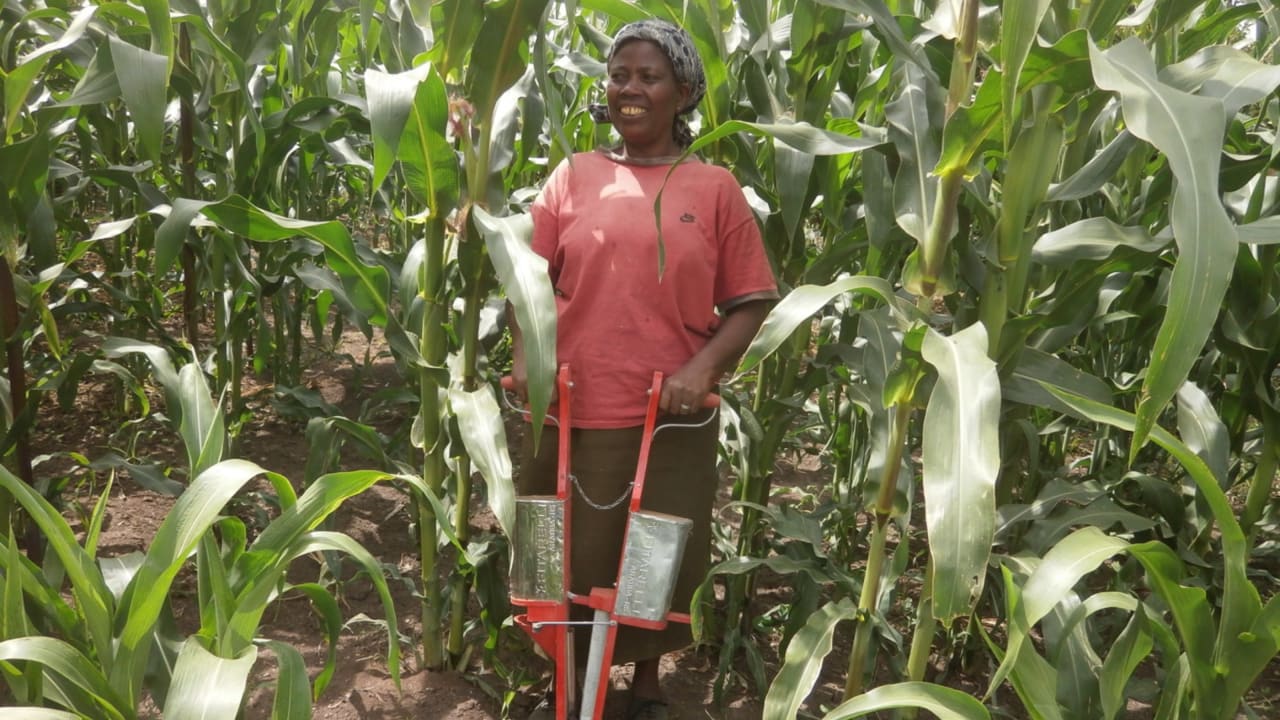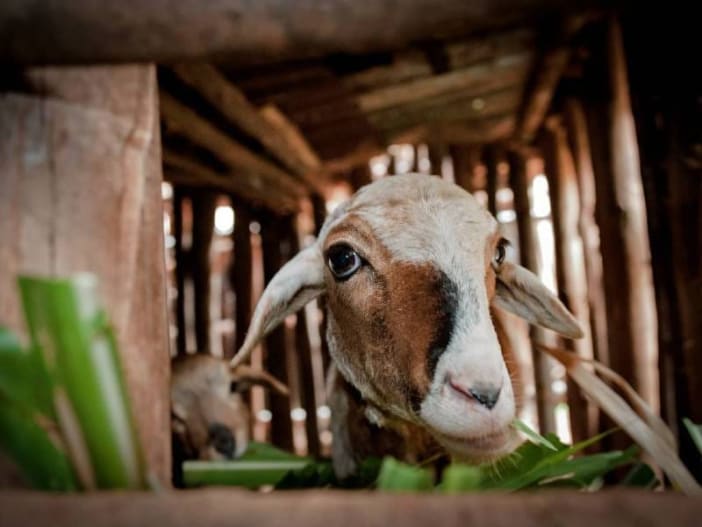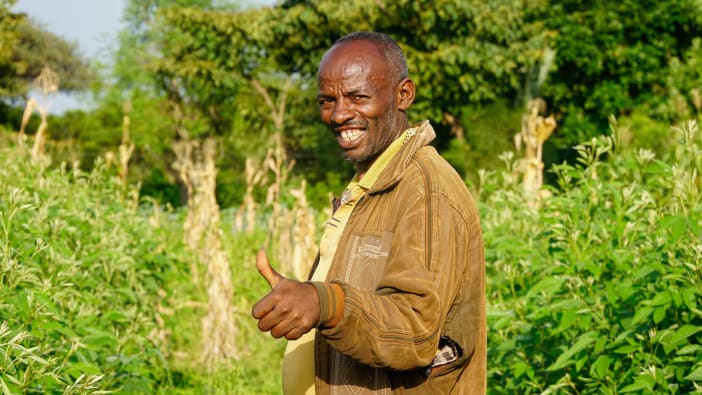In many parts of the world, the overuse of agricultural machinery has caused serious damage to both soil and water resources. However, if farmers do not have any mechanical equipment, it limits the amount they can grow.
Sustainable agricultural mechanisation tries to make the work of farmers easier, while minimising the risk of environmental damage. Careful use of the right tools and equipment should:
- increase productivity by helping farmers sow seeds at the best time, depth and spacing
- make repetitive tasks easier and quicker
- avoid damaging the environment and protect ecosystems
- reduce poverty and increase food security.
Farmers need to choose the most appropriate tools for any activity. This depends on what they can afford, the work to be done and who is doing the work. For example, women play an important role in many farming communities. Sustainable mechanisation can reduce their workload by taking into account their specific needs and improving their access to appropriate machinery.
Within the context of conservation agriculture, planting in a carefully controlled way avoids damaging the soil and reduces the amount of seed and fertiliser that is needed. However, this takes a lot of time to do if the seeds have to be sown by hand. Light machinery – such as hand-held jab planters – is being developed to help make this task easier.
Guidance from the Food and Agriculture Organization emphasises that agricultural mechanisation must be kind to the environment, affordable for small-scale farmers and able to meet the needs of both women and men. In addition, it is important that such mechanisation targets young people, making agriculture an attractive choice for employment and the development of new businesses.








